Why Is My Jade Plant Wrinkled? (Causes+How To Fix)
Jade plants are foliage plants. A healthy jade plant always has shiny leaves and a thick stem. If the plant has any problem, it gives certain signs.
For example, if you notice your jade plant looks wrinkled, it means something is not correct. But what causes wrinkled leaves in a jade plant, and how can we fix the same?
Overwatering and underwatering are the primary cause of wrinkled leaves in a jade plant. If the leaves are shriveling, it’s primarily underwatering, but if the leaves turn yellow and wrinkle, it’s due to overwatering. Exposure to intense sunlight and pest attack can also lead to wrinkled leaves.
You can rejuvenate your jade plants by making minor changes in the way you care for your plant. Watering and fertilizing the jade plant similarly as you do for other plants is not correct.
Every plant has its own needs and requirements. The jade plant also has different needs. Therefore, just following any other plant’s routine will not help.
So, let us know the jade plant and its requirements for being healthy. This will help you fix wrinkled leaves in a jade plant and hopefully prevent the same in the future.

Please note: Simplify Plants is reader-supported. Some links in the post are affiliate links and I get a commission from purchases made through links in the post.
Why does my jade plant look wrinkled?
Soil can repel water off the surface when it is left dried out for a long time, causing the jade plant to become drought-stressed, as the moisture does not reach the roots of the plant. As a result, the whole supply chain gets affected and causes the wrinkle.
It is a soft succulent plant and can handle some harsh conditions. But ignoring the needs of the plant can cause many problems like wrinkled leaves.
Jade plant leaves might get wrinkled due to multiple reasons. Some of the reasons which we have jotted down are:
- Watering inadequately
- Temperature
- Repotting
- Pests infestation
- Inadequate lighting
- Air conditioning and wind
Watering inadequately

The primary reason behind the wrinkled leaves in a jade plant is water inadequacy.
Jade plant leaves can store water in their leaves. This capability of the jade plant allows it to survive dry periods.
Overwatering and underwatering both might result in the wrinkling of the leaves.
Overwatering: Overwatering the plant leads to root rot which blocks the flow of nutrients and water to the plant.
Due to overwatering, the plant stops getting oxygen and water from the soil. The leaves need water and nutrients to stay thick and firm.
This creates a deficiency of water in the plant and also hampers the photosynthesis process.
As a result, the leaves become wrinkled, and the root also suffers due to rotting.
Underwatering: Wrinkled leaves are a common sign of water deficiency in the plant.
This usually happens when you have ignored watering your jade plant for a long time.
Underwatering creates plants to use all their water stored in their leaves.
And the sunlight forces the plant to keep up the photosynthesis process. As a result, the leaves start to wrinkle and may turn brown if not looked after.
Solution
You can fix the wrinkling caused due to overwatering by withdrawing the water supply until the soil dries out completely. Then, let your plant breathe for a few weeks before watering.
- Wrinkling caused due to under watering can be cured by watering your jade plant regularly for a few days to retain the precious moisture.
- You must not give it too much water at a time. Water the plant to the limit it can soak, not more than that. The excess water must drain out to prevent soggy soil.
- Don’t always go with the look. Water only when the potting mix is dry at least a few inches from the top. If you are not sure, you can put a moisture meter in the container to know the water requirements.
- Always check the soil from within. This will ensure correct watering and also give you an idea of when your plant needs water.
Also read: How often should I water my jade plants?
Temperature

Temperature also plays its part in deciding the health of the plant. However, jade plants are desert plants, and they can survive the heat to some extent.
But being soft succulent, they cannot survive too much heat.
The ideal temperature for the jade plant is between 65°F-85°F. Unfortunately, the extreme heat and cold can both harm the jade plant.
Due to high temperatures, the jade plant gets dehydrated faster than usual. Therefore, a high-temperature level can lead to moisture loss in the plant.
As a result, the leaves may be losing its moisture and nutrients required to stay firm and thick.
The planter may be following a watering routine that is not serving the water requirement of the plant. This may also bring wrinkle leaves to your plant.
Solution
- The solution for this type of situation is to shift the plant to the shaded and cooler location. You can also tackle too much high temperature by increasing the watering frequency.
- Keep your jade plant indoors throughout summer and spring if you live in a sweltering climate.
- If you want to keep your jade plant outdoors in hot weather, cast a shade over them; this will protect them from excess heat and drafts.
- Avoid keeping jade plants near heating vents, radiators, furnaces, or any other heating systems.
- Give them ample water when kept at a high-temperature level for a consistent period.
We assume you do not have any better space for them, so compensation is another best way to save your plant.
Also read: Where to keep jade plants at home?
Repotting

Many of you might be wondering how repotting the jade plant may cause wrinkled leaves? But it happens when repotting is done again and again.
Repotting the plant gives shock to the plant. This shock creates stress in the plant, and as a result, the plant show signs like wrinkled leaves.
Repotting untimely is even more stressful for the plants. Furthermore, if the plant is already suffering due to any condition, repotting may further stress them.
The plant may not be able to supply nutrients and water to its leaves and stems; this is one possible reason for wrinkled leaves.
Solution
- Repotting, again and again, may even kill your jade plant. Repot the plant only when it is needed. This can be the best solution for this problem.
- Examine the roots. If the roots have outgrown their pot, this means it needs more space to grow.
- If the plant is under too much stress, try to treat them with other possible methods. Repot only if it’s the last way to save your plant.
Also read: Is my jade plant root bound? When to repot?
Pests infestation

Pests infestation is something which you never want to happen to your plant.
Pests are very stubborn and irritating, and you need to eliminate them early on; else, they will wilt your plant.
Some of the pests that invade your jade plants are mealybugs, scale, thrip, spider mites, etc.
Mealybugs create a cotton-like layer and feed on the juice of the plant. This leads to browning, wrinkling, and wilting of the plant.
Scale eats up the leaves of the plant and does not let the plant survive.
All these pests are hazardous to the plant and must be adequately treated.
They feed on the plant, making them weak and vulnerable. As a result, the leaves lose vigor and wrinkle.
Solution
You can remove pests in the following ways:
- Pests repellent are readily available in the market. Choose by going through the instructions on the package correctly.
- You can use horticulture oil. Make a solution by diluting it with water and spray all over the plant till the problem persists.
- Wiping the leaves regularly with alcohol or non-detergent soap helps to kill the pests in contact by dehydrating them.
- You can use this homemade recipe: Blend 1 teaspoon of neem oil with 2 liters of water. Spray it all over the plant.
Also read: How to get rid of bugs on my jade plant?
Inadequate lightning

Lightning and watering are the most important in the plant routine.
Lightning provides the energy to do all other operations of the plant. That is why it is much essential to have proper lighting.
It is essential to give at least 4 hours of sunlight daily to the matured jade plant and indirect sunlight to the young ones.
Low light condition slows down the process of absorbing and supplying nutrients and carrying out photosynthesis.
This leads to wrinkled leaves, curl, and legginess in the leaves and stops the plant’s growth.
Solution
- Place the plant in a brightly lit space, preferably in a west-facing or east-facing window.
- Rotate the plant to provide all the parts of the plant with sufficient light.
- Provide artificial lights in case of low sunlight. You can also keep your plant near a lamp such that it should feel the warmth.
Also read: How much light do jade plant need?
Air conditioning and wind

Extreme drafts, draught, air conditioning, or convection currents from heat sources can stress the jade plant and will lead to wrinkling of the leaves.
Though jade likes to have good airflow and some humidity, it may sap the moisture from the leaves and dries out the soil quickly when placed in a direct current of air conditioning.
When the leaves of the plant lose their moisture, they turn limp and wrinkle.
Solution
- The simple solution for this problem is to shift the jade plant to an area where it doesn’t come in the direct path of the air current.
- Avoid keeping them opposite air conditioners. Place them away from the same.
- During extreme conditions, keep your plant indoors and away from windows to avoid drafts.
How to prevent the wrinkling of leaves in a jade plant?
‘Prevention is better than cure.’
We should always follow this proverb as it is always better to prevent the plant from any damages. We can do so by learning more about our plant.
For example, the jade plant is a desert plant, and it goes into the dormancy stage during winters.
Please do not disturb the plant during winters as it is already weak and sleepy during this period.
Watering is another important subject of the plant, which we need to be very careful about.
During summer, water requirements increase due to the change in the temperature. Therefore, one must water the plant every 3-4 days.
During winters, the watering should be done every 2-3 weeks.
Always check the soil before watering.
You should provide enough lightning to the plant to help the plant grow properly and synthesize.
Wipe the plant leaves regularly to avoid pests and fungal attacks. You can spray the non-detergent soap, neem oil, garlic, horticulture oil after diluting it with the water.
You should feed the nutrient-rich fertilizer every 2-3 months during summer. This is because summers are the time when the new growth in the jade plant takes place.
The jade plants do not want their soil to retain moisture for a longer time. So, it is advisable to have proper drainage holes in the container.
Final words
Jade plants are an excellent choice for beginners as they don’t need much care.
But sometimes, due to ignorance and sometimes due to natural conditions, the leaves may wrinkle.
We have discussed the reasons and their solutions to help you and your plant.
So, do not get worried and follow the simple solutions and routine needed by your jade plant, and it will all be ok.
Source: NYBG, The University of Arkansas, University of Florida, Phytochemical and Antimicrobial Activity of Jade Plant, CABI, University of Minnesota, The University of Missouri.
Recommended Garden Supplies
| Product Image | Our Recommended Gardening Supplies | Check Offers! |
|---|---|---|
Top Top
Top
Top
Top
Top
Top
Top
Top | rePotme Houseplant and Tropical Classic Potting Soil Mix | Check Offer On Amazon |
 Top
Top
Top
Top
Top
Top
Top
Top | Espoma Organic Indoor Plant Food | Check Offer On Amazon |
 Top
Top
Top
Top
Top
Top
Top
Top | GooingTop LED Grow Light 6000K Full Spectrum Clip Plant Growing Lamp | Check Offer On Amazon |
 Top
Top
Top
Top
Top
Top
Top
Top | Soil Moisture Meter | Check Offer On Amazon |
 Top
Top
Top
Top
Top
Top
Top
Top | Govee Hygrometer Thermometer, Bluetooth Enabled! | Check Offer On Amazon |
 Top
Top | LEVOIT Humidifiers for Large Room(Best For Plants) | Check Offer On Amazon |
 Top
Top
Top
Top
Top
Top
Top
Top | Upgraded DIY Automatic Drip Irrigation Kit, 15 Potted Houseplants Support | Check Offer On Amazon |
 Top
Top
Top
Top
Top
Top
Top
Top | Stainless Steel Heavy Duty Gardening Tool Set | Check Offer On Amazon |
 Top
Top
Top
Top
Top
Top
Top
Top | Bonide Insecticidal Soap | Check Offer On Amazon |
 Top
Top
Top
Top
Top
Top
Top
Top | Bonide 32 oz Spray Neem Oil for Organic Gardening | Check Offer On Amazon |
 Top
Top
Top
Top
Top
Top
Top
Top | Garden Safe Fungicide | Check Offer On Amazon |

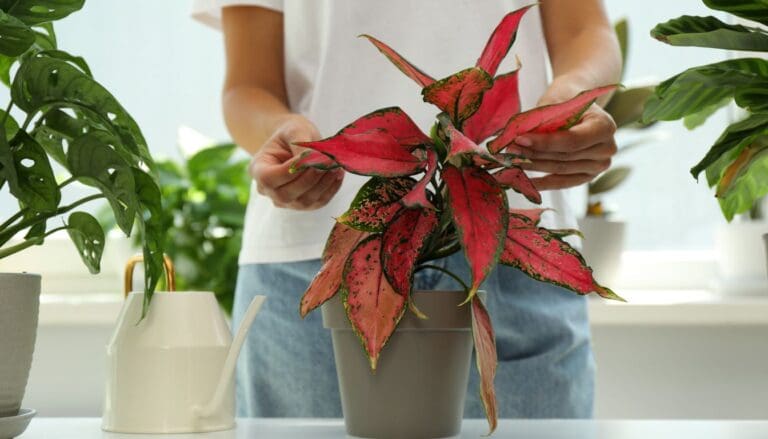
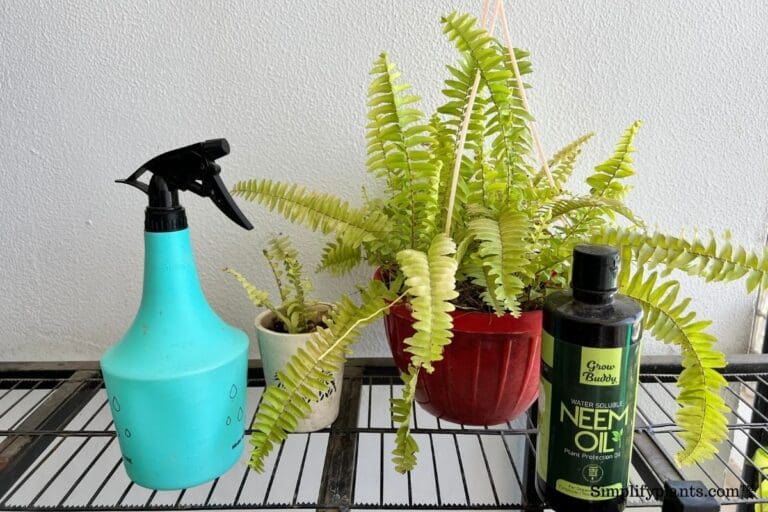

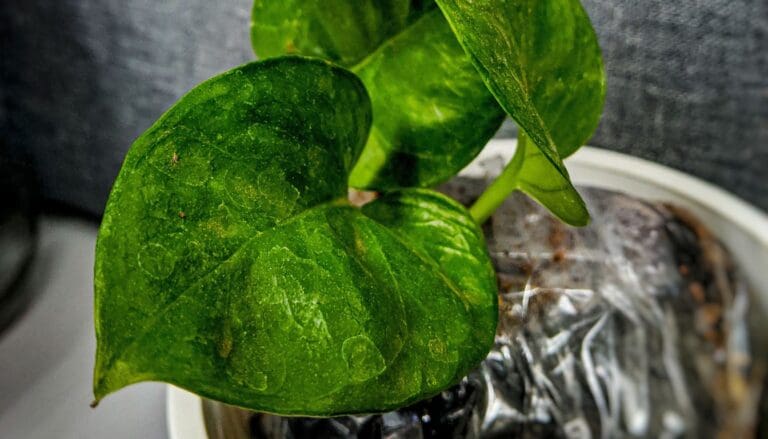
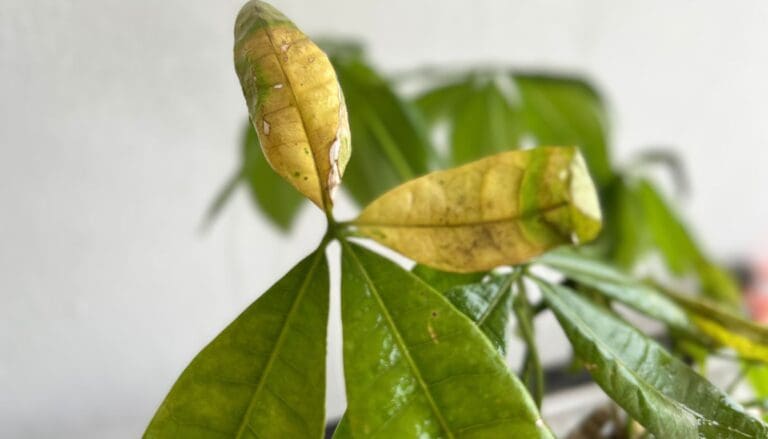
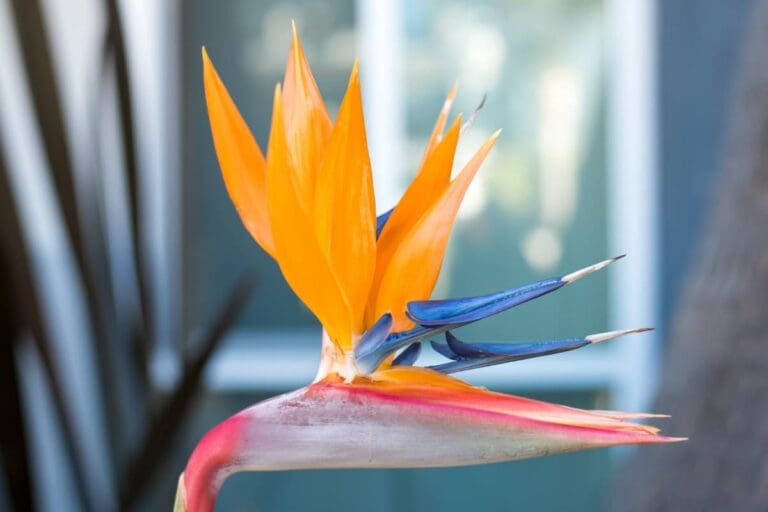
I was just gifted a jade plant from someone who could no longer care of it. How do I know if it has been under watered or over watere?. The plant is wrinkled and droopy. When is the best time to repot?
Hey tanya,
Wrinkled and droopy leaves on a jade plant often indicate underwatering. Check if the soil is dry; if it is, give your plant a thorough watering. Overwatering, on the other hand, usually leads to soft, mushy leaves and stems. The best time to repot is during the growing season, spring or early summer. When repotting, use a well-draining soil mix and a pot with drainage holes to prevent future watering issues.
Hoping for a recovery of your plant!